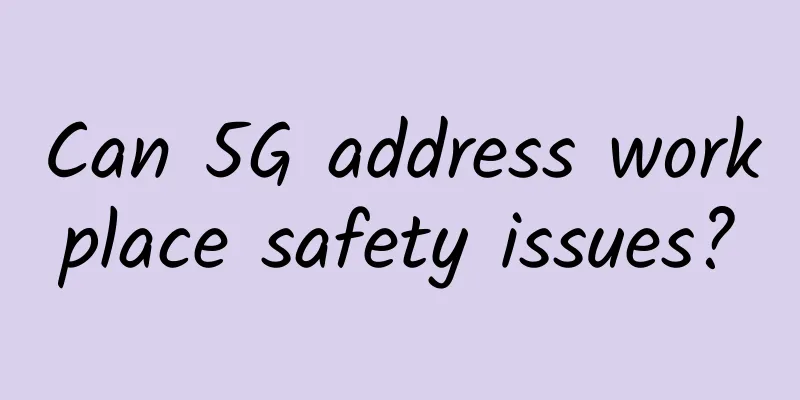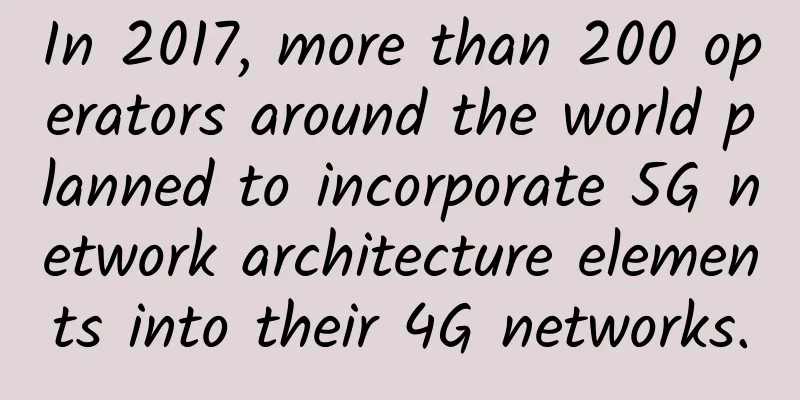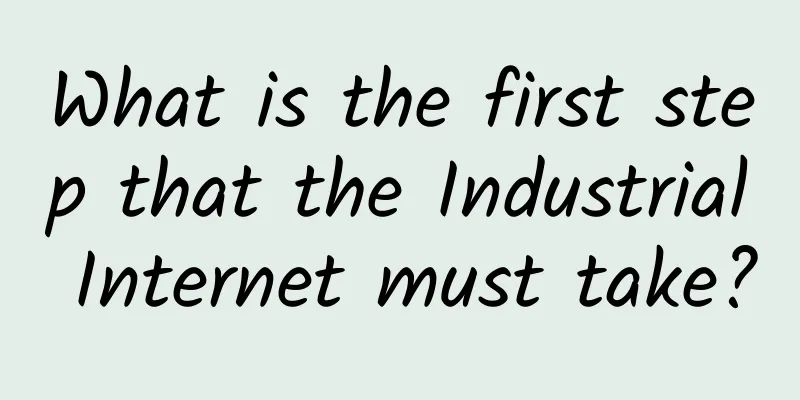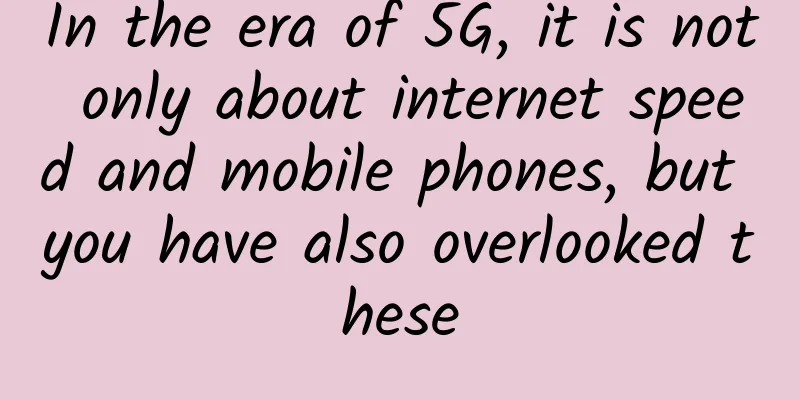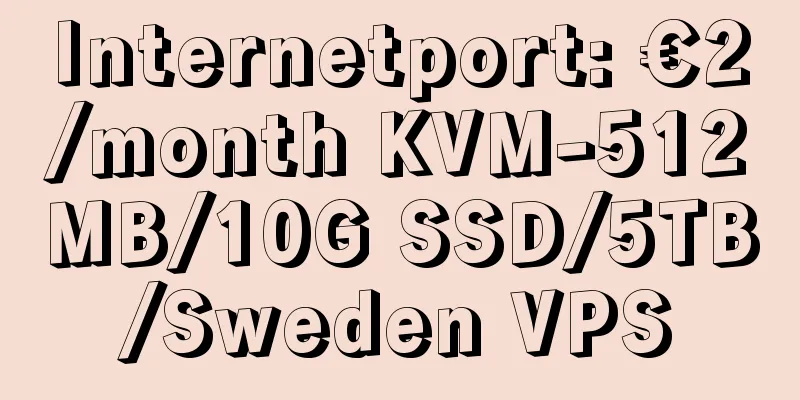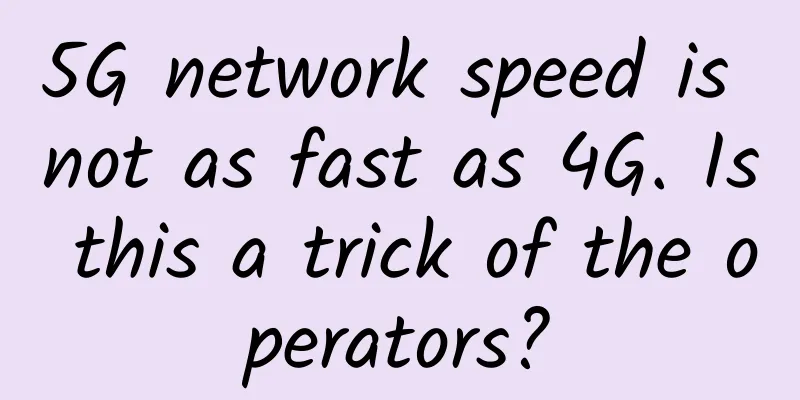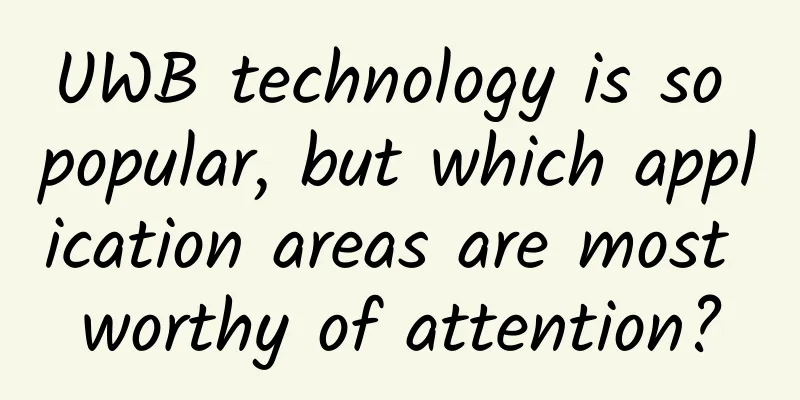Connecting the Next Billion: 5G and Satellite

|
5G will revolutionize the Internet of Things due to its multiple advantages over previous generations of terrestrial networks. With ultra-high speeds (10 times faster) and low latency, 5G allows devices to collect and transmit data almost instantly, making it ideal for mission-critical IoT applications. 5G's increased capacity and improved reliability also allow more devices to connect to the internet, paving the way for more advanced IoT applications. Additionally, 5G’s network slicing allows the creation of virtualized network segments that can be optimized for specific IoT use cases, thereby improving the performance and efficiency of IoT deployments. However, 5G is primarily designed to improve network coverage in densely populated urban areas. So far, only 8% of the world’s surface is covered by 5G, while terrestrial networks have a more common coverage of 15%. Let’s explore the growing role of satellites in the 5G future, and how close this future is to reality. Satellites complement 5G networksUltimately, satellites can complement 5G networks in three main ways: 1. Expand coverage, including in rural and remote areas 2. Create redundancy 3. Extra return trip While connectivity is more than just coverage, the inclusion of satellites in 5G networks offers the major benefit of completely global coverage. Unlike traditional mobile networks and fiber optic connections that rely on infrastructure, satellites can provide connectivity anywhere on Earth. “While connectivity is more than just coverage, incorporating satellite into 5G networks offers the key benefit of complete global coverage.” Additionally, low-Earth orbit (LEO) satellites can provide high-speed, low-latency connections. Because LEO satellites are 160-2,000 kilometers (99-1,243 miles) above the Earth’s surface, they can provide latencies as low as 20 milliseconds, similar to those achievable through terrestrial networks. Satellite connections can therefore be used to manage time-sensitive applications, such as remote surgery or self-driving cars, where latency could have serious consequences. In addition, the increased bandwidth could enable 5G networks to handle the growing volume of data traffic and the number of connected devices. Despite these well-known benefits, even by 2022, only 2% of the global satellite connectivity market will be associated with satellite IoT revenues. So, what has changed? In short, the factors associated with the two most common barriers to adopting satellite connectivity – cost and complexity – are changing. Cost-effective satellite connectivitySatellites were previously considered an expensive option of last resort, but the satellite communications industry has seen significant growth and innovation in recent years. The cost of launching a satellite into low Earth orbit (LEO) has dropped dramatically from $85,000 per kilogram in 1981 to $1,000 per kilogram in 2020. The development of smaller, lighter nanosatellites and CubeSats has contributed to this trend. However, due to their small size and limited coverage, more nanosatellites are needed to achieve global coverage. Swarm’s global coverage is supported by a constellation of 150 nanosatellites, while the Iridium network consists of 66 satellites. The satellite communications industry is also becoming increasingly competitive, with several new companies entering the market in the past few years alone. But many are still launching their nano or CubeSat networks. As a result, some of these operators will not be able to provide real-time data or, in some cases, true global coverage. For example, Astrocast and Sateliot have 18 and 12 nanosatellites in orbit, respectively, and plan to increase their overall constellations to 1,000 and 250. Simply put, some of these operators may only be able to provide IoT data a few times, or even once a day, which may not be suitable for all use cases. In these cases, companies need to be clear about the transmission frequency required for their projects and carefully select a satellite network that can support that frequency. Interoperability opportunities and challengesCurrently, many satellite operators require customers to use proprietary equipment to access their networks. This means purchasing a separate satellite transceiver designed for this purpose - but it doesn't always integrate directly with existing systems. Some equipment will support the messaging protocol of your choice; in other cases, users will need to manipulate their data to be able to transmit it over the satellite. Interoperability has been a topic in the communications industry for some time, but it wasn't until 2017 that a formal working group recommended integrating non-terrestrial networks such as fiber and satellite into 5G technology. By 2023, there will be promising developments in the direct-to-device space, such as Qualcomm's new Snapdragon X75 chipset that leverages Iridium's satellite network, requiring no additional SIM cards or hardware to take advantage of satellite connectivity. However, interoperability of connectivity for IoT deployments has become more complex as the number of wireless connectivity options has increased – 5G NR (New Radio), NB-IoT (Narrowband IoT), and LoRaWAN (Long Range Wide Area Network), to name a few. Since interoperability must be built into satellites prior to launch, satellite network operators essentially need to choose protocols and/or standards that they believe will be around for the long term. After all, it is not uncommon for terrestrial networks to discontinue specific generations of service, as they have done with 2G and 3G currently. In addition, there are still some challenges and limitations that need to be addressed, especially regulatory issues that need to be overcome, such as spectrum allocation. The future: hybrid, ubiquitous coverageThere is a growing trend of terrestrial and satellite IoT network operators collaborating to offer hybrid connectivity solutions. For example, Kinéis and Deutsche Telekom have partnered to offer a hybrid cellular satellite solution, with Kinéis’ KIM 1 module certified by Deutsche Telekom for use by the latter’s customers. Additionally, many satellite IoT devices (such as the RockREMOTE Rugged) can utilize both cellular and satellite connections simultaneously. In both cases, separate SIM cards are required for cellular and satellite connections, and the device will use terrestrial connectivity when available, switching to satellite when ground coverage is unavailable. In addition, new technologies are emerging that provide terrestrial and satellite connectivity through a single communications radio frequency (RF) chipset. An example is the LoRa Edge LR1120, which supports Sub-GHz LoRa, SATCOM S-band, and 2.4 GHz LoRa. While fully interoperable network solutions are still years away, more established satellite operators are considering partnerships to diversify their offerings. Bryan Hartin, executive vice president of Iridium in McLean, Virginia, spoke about the success of the Qualcomm partnership in a recent interview, saying, “There may be an NB-IoT player that we can say OK, just to diversify our presence a little bit, we could consider investing in one or two of them.” 5G and SatelliteUltimately, reliable connectivity is key to the success of any IoT deployment, and satellite technology is already being used for numerous applications, including precision agriculture, logistics, and healthcare. Continued investment and collaboration in this area will be critical to realizing the full potential of satellite-based IoT networks. Until then, the combination of satellite and 5G networks can still provide businesses and organizations with great flexibility to realize the full potential of space. |
<<: The world's first! H3C is the first to pass the "IPv6+Ready 2.0 & SRv6 Ready" certification
>>: 5G development has reached a critical turning point
Recommend
An automation-first approach to network predictability
An automation-first approach is one of the most e...
Practical VPC Network Planning on the Cloud
What is VPC Virtual Private Cloud (VPC) is a priv...
How does 5G promote innovation in manufacturing?
5G technology is revolutionizing the way we commu...
Connecting new momentum, intelligent manufacturing wins the future: Huawei Intelligent Manufacturing Network Innovation Digital Summit 2022 was successfully held
On October 28, Huawei Intelligent Manufacturing N...
It’s time to issue 5G private network frequency licenses
The Ministry of Industry and Information Technolo...
Unleash the power of 5G! H3C launches MSR series 5G routers
With the advent of the 5G era, 5G routers serve a...
Which network IO model should RPC design use?
What role does network communication play in RPC ...
What is blockchain fork? I finally understand
I have previously written about how Bitcoin minin...
Six good habits and 23 lessons that Linux operation and maintenance must know to avoid pitfalls!
I have been engaged in operation and maintenance ...
China Mobile: More than 560,000 5G base stations have been built
At the 2021 China Mobile Global Partner Conferenc...
IPv6 is coming, what should we do with SDN?
IPv6 has been called for so many years, and final...
Come to Huawei Cloud 828 Enterprise Cloud Festival and experience the super value offers beyond your imagination!
[51CTO.com original article] Enterprises want to ...
Why 5G Private Networks Are Critical to Enterprise Digital Transformation
Today’s enterprise manufacturing facilities are u...
Interrupt or poll? It's so troublesome to get a data packet!
New employees in the network department My name i...
Differentiate switches based on network coverage
As the number of switches increases, there are ma...
